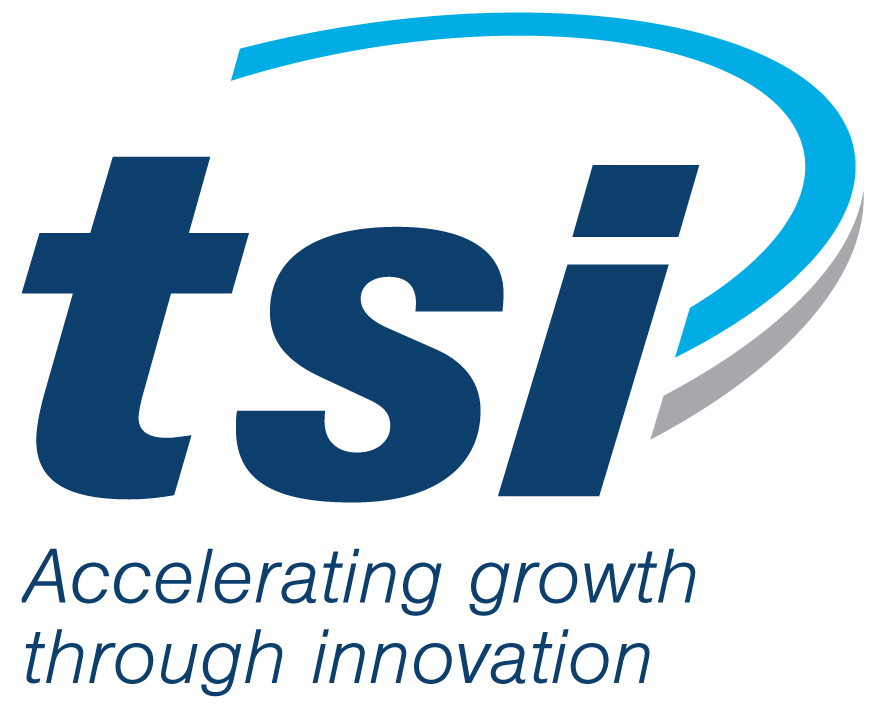07 Jan 2011 CRA’s Improvements To The SR&ED Process
News & Events
Events
The Canada Revenue Agency, with input from various stakeholders, is committed to streamlining the Scientific Research and Experimental Development (SR&ED) program to ensure awareness of the program, reduce the compliance burden and enhance accessibility, particularly for small companies. The Federal government currently manages a $7 billion annual investment in R&D activities, with approximately $5 billion of that going to SR&ED through tax credits and/or refunds which provide tremendous benefit to many businesses in a broad spectrum of industries. The SR&ED program provides the impetus for many companies to experiment, innovate and further their knowledge base to enhance future technology or products; claimants, whether first-timers or old pros, should be aware of program changes to policy or process that may affect the success of their claims.
In the past, program applicants expressed some concern with the program related to the different treatment of public vs. private corporations, the volume of necessary paperwork to meet the compliance requirements, and the lack of consistency around the definition of what comprises true innovation. Based on an evaluation of these and other claimant dissatisfiers identified by applicants, several positive actions were taken effective April 2008 which improved the administration of the SR&ED program and included a review of SR&ED policies and procedures. The great news is that the CRA’s efforts to enhance the SR&ED program further didn’t stop there!
Over the course of 2010, SR&ED program officials met with various stakeholders to collect their opinions on the clarity of current policy and related guidance documents and identify which ones needed improvement. This information has been organized into three topics, with each topic and keyword identified in SR&ED publications.
The topics are:
- Financial - line numbers 300 to 820 on Form T661
- Scientific, which are based on the definition of SR&ED in the Income Tax Act, and which have been subdivided further to include a list of keywords for each:
- SR&ED Eligibility
- Support Work
- Excluded Work
- Joint financial/scientific
Policy documents have or will be created for each of the three topics, which will consolidate relevant information from all SR&ED publications, eliminate any redundant or obsolete information, streamline and restructure the information, include references to the Income Tax Act with case law explanations to increase clarity, and provide additional examples. Although changes to text or wording will be made to add clarity and readability, and the policy information will be restructured to present it in a more user-friendly way on SR&ED web pages, the principles explained in the current SR&ED policy and related guidance documents will not change.
As each policy document draft becomes available, the SR&ED program will be soliciting feedback directly through a dedicated email address from the public. The public consultation for SR&ED Filing Requirements and Third-Party Payments concluded on January 14th. Future public consultation timelines are:
Early 2011 – SR&ED Salary or Wages, SR&ED Shared-use Equipment, SR&ED Capital Expenditures, SR&ED Lease Expenditures
Spring 2011 – SR&ED Overhead Expenditures, Prescribed Proxy Amount, Contract Expenditures for SR&ED Performed on Claimant’s Behalf, Assistance and Contract Payment, Traditional and Proxy Methods
Summer 2011 – SR&ED Investment Tax Credit, Recapture of Investment Tax Credit, Qualified SR&ED Expenditures, Pool of Deductible SR&ED Expenditures, SR&ED Claims for Partnerships
Fall 2011 – Joint financial/scientific topics, including: Materials for SR&ED, Experimental Production & Commercial Production With Experimental Development, Prototypes, Pilot Plants, Commercial Plants, Custom Products & Commercial Assets and Acquisition, Transfer And Use Of Third-party Technology
These open forums present an invaluable opportunity for businesses who have been SR&ED claimants and who have experienced the process first-hand to provide constructive input and help ensure that any subsequent program changes are of benefit to all SR&ED applicants. After each review period, all comments and suggestions received will be reviewed and incorporated into a revised policy document accordingly. The CRA intends to launch the new policy documents by December 31, 2011 on the SR&ED web pages once they have been finalized.
If you would like more information on how TSI can assist you in understanding and preparing your SR&ED application, please contact Jason Schwandt, VP Business Development, at 905-738-6770 x2010.



No Comments